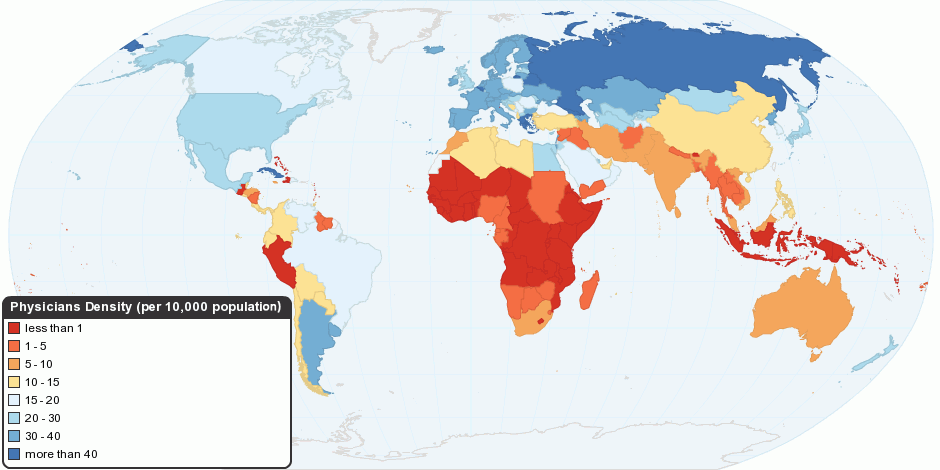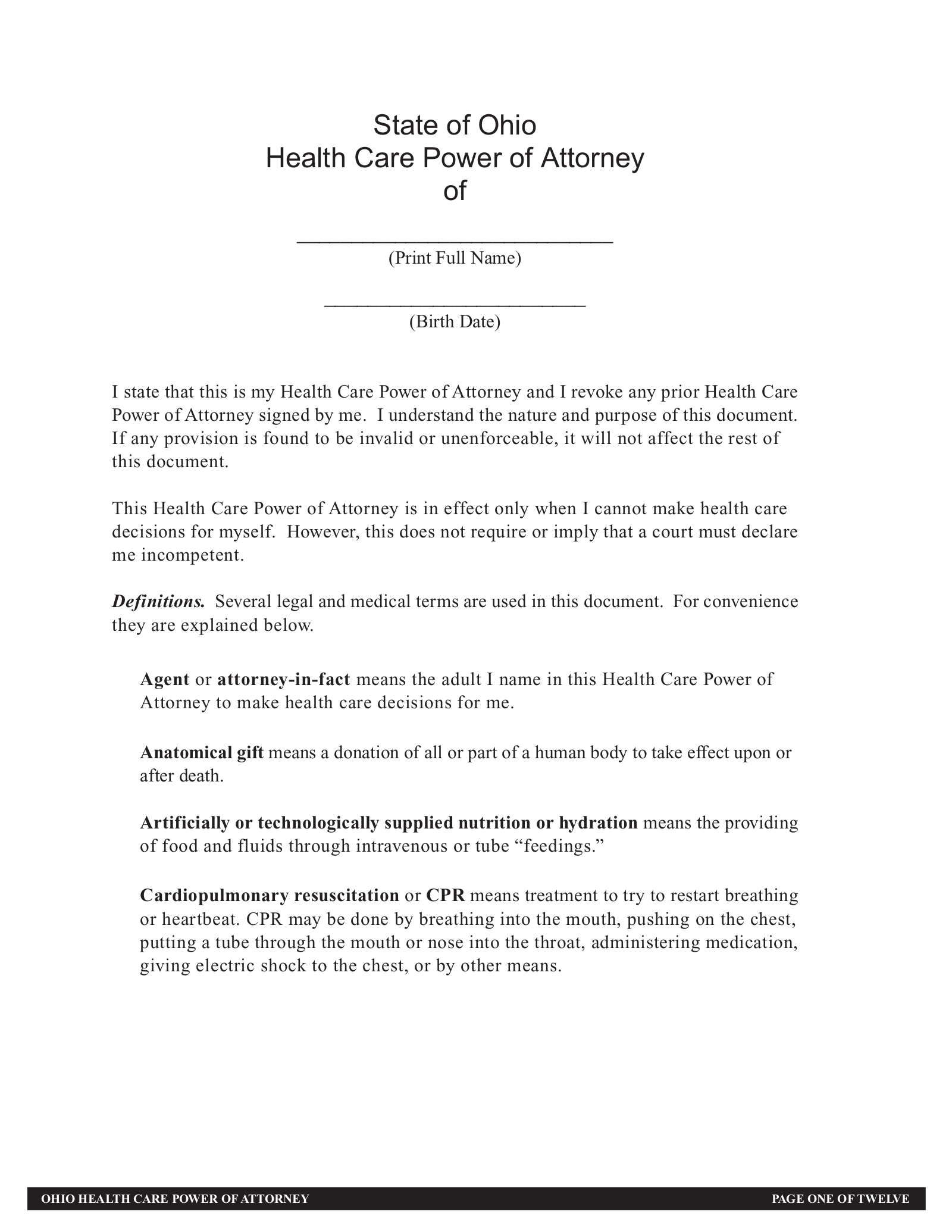See how both circumstances further divorce the patient from choice and from the physician or other care entities?Free market principles have actually not stopped working health care, but health care hasn't been permitted to naturally use the free enterprise in almost a century. (Not too remarkably, due to federal and state public law and policies, numerous aspects of the health care community have been skewed, cancelled or downright disallowed.

How can an individual pick on their own if government and 3rd parties are paying? They can't. There's the rub for all who promote interacted socially medicine, government single-payer, company based medical insurance, or anything but the first-party transaction of the patient choosing and paying the caregiver straight. So "health care"- all the industries, interests, products and services that make up the ecosystem-must be allowed by government to welcome the effectiveness and fairness of the complimentary market.
The free enterprise reacts to needs and wants by supplying these items and services with impressive quality, performance and different cost choices. Quality goes up and price comes down through complimentary market competition, not federal government order. All clients, federal governments, and all of, so-called, "healthcare," would take advantage of direct totally free market competitors.
So, let's not use the word "health care," as it is far too broad. People keep getting it puzzled with insurance "coverage." There's health insurance coverage, which need to be called sickness insurance coverage. And treatment, which is what physicians do. People have to be accountable to look after their own health with their own distinct worth systems.
We rely on marketing to assist money our award-winning journalism. We advise you to shut off your ad blocker for The Telegraph website so that you can continue to access our quality content in the future. Thank you for your assistance.
Fascination About Which Of The Following Frequently Causes Health-care-associated Infections Of The Gi Tract?
HEALTH SYSTEM: all the activities whose main purpose is to promote, bring back or maintain health (The World Health Report 2000 Health systems: enhancing performance) MEANINGS FROM THE WHO GLOSSARY OF TERMS (offered at: http://www. wpro.who. int/chips/chip04/ definitions. htm). A healthcare facility that supplies a series of various services for clients of different age groups and with differing illness conditions.
A medical facility at the first recommendation level that is responsible for a district or a defined geographical location including a specified population and governed by a politico-administrative company such as a district health management group. The role of district healthcare facilities in primary healthcare has been expanded beyond being http://israellywt182.bravesites.com/entries/general/fascination-about-how-to-get-health-care dominantly alleviative and rehabilitative to include advertising, preventive, and educational functions as part of a primary health-care technique.
A centre that offers services which are typically the very first point of contact with a health professional. They consist of services offered by family doctors, dental practitioners, community nurses, pharmacists and midwives, to name a few. All graduates of any faculty or school of medication, really working in the country in any medical field (practice, mentor, administration, research, laboratory, etc.).

The person may or may not have prior nursing education. All individuals who have actually completed Additional hints a program of basic nursing education and are certified and registered or authorized to supply accountable and competent service for the promotion of health, prevention of illness, the care of the sick, and rehab, and are in fact working in the country (western societies:).
All graduates of any professors or school of dentistry, odontology or stomatology, really operating in the country in any dental field. All employees who react to the nationwide definition of health-care suppliers and are neither physicians/doctors, midwives, nurses, pharmacists, or dentists. Inpatient. An individual who is formally confessed to a health-care center and who is discharged after several days.
The Facts About What Might Happen If The Federal Government Makes Cuts To Health Care Spending? Uncovered
An individual who goes to a health-care facility for an assessment, and who leaves the facility within three hours of the start of consultation. An outpatient is not officially confessed to the facility. DEFINITIONS FROM THE EUROPEAN OBSERVATORY ON HEALTH SYSTEMS AND POLICIES (available at http://www. euro.who. int/observatory/Glossary/ TopPage?phrase =D) Ambulatory care. All kinds of health services offered to clients who are not confined to an institutional bed as inpatients during the time services are rendered (USAID, 1999).
Ambulatory care services are offered in numerous settings ranging from physicians' workplaces to freestanding ambulatory surgical centers or cardiac catheterization centres. In some applications, the term does not include emergency situation services offered in tertiary health centers (USAID, 1999). Day care. Medical and paramedical services delivered to clients who are formally confessed for medical diagnosis, treatment or other types of health care with the objective of discharging the client the exact same day.
Long-lasting care includes a broad variety of aid with daily activities that chronically disabled people need for an extended amount of time. Long-lasting care is mostly worried about preserving or improving the capability of senior individuals with impairments to work as individually as possible for as long as possible; it also incorporates social and environmental needs and is for that reason more comprehensive than the medical design that controls intense care; it is mainly low-tech, although it has actually ended up being more complex as senior individuals Mental Health Facility with complex medical needs are discharged to, or remain in, traditional long-term care settings, including their own homes; services and real estate are both important to the advancement of long-term care policy and systems.
Social care. Provider associated to long-term inpatient care plus neighborhood care services, such as daycare centres and social services for the chronically ill, the elderly and other groups with unique needs such as the mentally ill, psychologically handicapped, and the physically handicapped. The borderline between healthcare and social care varies from nation to country, specifically regarding social services which involve a significant, but not dominant, health-care element such as, for instance, long-term care for reliant older individuals.
To guarantee healthcare coverage for everyone in the United States through a foundation of thorough and longitudinal main care. The intent of this policy file is to provide the American Academy of Family Physicians (AAFP) and its Board of Directors the needed advocacy flexibility to think about all choices that might come before federal and state governments and the American individuals in working to attain the objective of healthcare protection for all an objective based upon AAFP policy which recognizes that health is a fundamental human right for every single individual and that the right to health includes universal access to prompt, appropriate and budget-friendly healthcare of appropriate quality.
Which Of The Following Is Not A Result Of The Commodification Of Health Care? Can Be Fun For Anyone
Healthcare expenses continue to increase at an unsustainable rate and quality is far from perfect. i, ii Over the past twenty years, policies carried out through the Kid's Medical insurance Program (CHIP) and the Client Protection and Affordable Care Act (ACA) have extended access to inexpensive health care coverage to countless formerly uninsured, non-Medicare eligible grownups and kids.
8% under the execution of these policies. iii The greatest gains in coverage have happened among our most susceptible populations and young grownups. However, the rollback of some provisions of these policies has increased the portion of those uninsured to 15. 5%, iv close to what it was one years back when our uninsured rate was nearing 17%, with almost 50 million people uninsured.